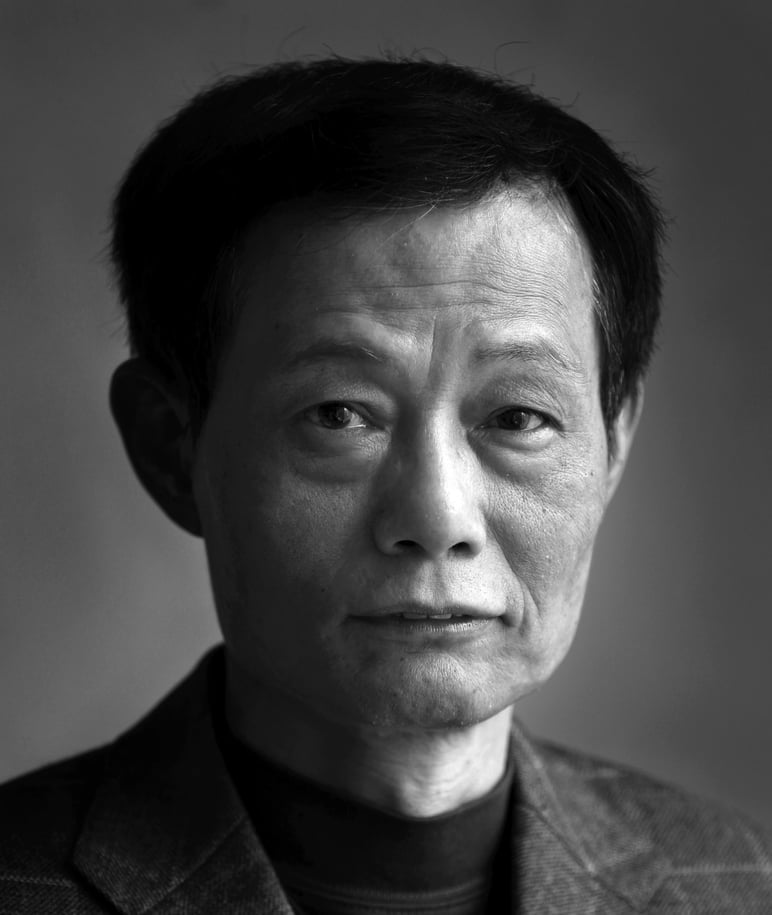
The dangerous cost of China’s debt-fuelled growth: delays to much-needed structural reforms
Cary Huang says the on-target first-quarter GDP growth figure is the result of government stimulus measures, including massive lending and construction projects, not the hoped-for switch to consumption and service industries
The relationship between economic growth, the achievement of a sustainable future and human well-being has long been at the centre of the debate over China’s development.
So while policymakers might feel relieved to see that the 6.7 per cent growth figure in the first quarter was within their target of 6.5-7 per cent for the year, economists have more to worry about. Such growth is, after all, just an indication that China is repeating an old path that has led to many of the problems the economy currently faces.
The government is tasked with managing an economic transition from a pattern of growth based on the rapid expansion of industrial output, exports and investment to one more driven by private consumption and service industries.

Five trillion reasons for China to push ahead with economic reforms
But the newly released data suggests otherwise, as growth has been largely achieved on the back of government stimulus which includes massive lending and the jump-starting of major construction projects.
The 13.8 per cent growth in fixed asset investment, which is nearly twice the GDP growth as a whole, played a crucial role. To fund such investment projects, the government pursued a massive easing policy, with state banks issuing a staggering 4.6 trillion yuan (HK$5.5 trillion) in loans during the period.
When examining the funding sources, state investment is dominant, as state-owned enterprises registered 23.3 per cent growth, and accounted for a third of the total, while that for the private sector rose 5.7 per cent. Fiscal spending accelerated further, with state budgetary funding up 16.9 per cent, while self-raised funds fell 0.2 per cent and foreign investment declined 25.6 per cent.
Such growth obviously came at the cost of putting off structural reforms and piling up debt in companies and losses in the banking system.

China’s latest economic data paints a mixed picture
The recent IMF Global Financial Stability Report warned of China’s debt risk, saying its US$1.3 trillion in loans to borrowers without sufficient income to cover interest payments will incur potential losses equivalent to 7 per cent of GDP. This has, in effect, cancelled out the additional output for GDP growth. The figure of expected losses is more than double the US$600 billion of total subprime mortgages in the US in 2006, just before that asset class sent the world spiralling into the worst financial crisis since 1929.
BI Economics also calculated that China’s outstanding credit to corporate and household sectors rose to 215 per cent of GDP in March, from 209 per cent in December.
It is often a trade-off between short-term growth and structural reform for long-term sustainability, and also human well-being.
The government should understand that policy stimulus tends to be short-lived
It is economically unthinkable to continue to invest at a globally unprecedented rate of 50 per cent of national income and accumulate debts at an annual rate of more than 15 per cent of GDP to prop up growth. The government should understand that policy stimulus tends to be short-lived; the rebound will quickly fizzle out when policy support is scaled back. And such mini cycles have been repeated several times since the 2008 financial crisis, which has resulted in industrial overcapacity, accumulation of bad debt and also a growing income gap.
Many economists, including Nobel laureate Amartya Sen, have also questioned the relationship between economic growth and growth in well-being and quality of life.
Economics suggests that a state-led and debt-fuelled investment model is not only unsustainable but also risky; history shows economies that experienced similar debt run-ups faced either financial crises or prolonged slowdowns. Such a scenario in China would cost the economy, the country and the people even more dearly than slower growth.
The danger for China now is that both its total debt and rising debt rate are bigger than Japan’s were at the 1980s peak, which brought about a calamitous crash for what was then the world’s second-largest economy, and a two-decade-plus recession.
Cary Huang is a senior writer at the Post

